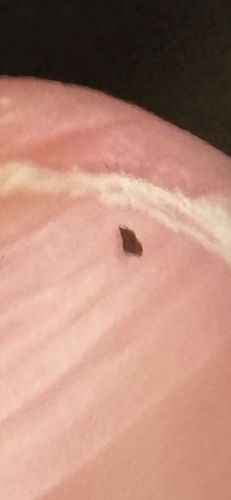Ant
Scientific Name: Formicidae
Order & Family: Hymenoptera, Formicidae
Size: 1 to 30 mm (0.04 to 1.2 inches)

Natural Habitat
Ants are found in almost all terrestrial habitats around the world, including forests, deserts, grasslands, urban areas, and even some aquatic environments near freshwater sources. They typically build nests in soil, wood, under rocks, or in plant cavities.
Diet & Feeding
Ants are opportunistic feeders with a highly varied diet that depends on the species. Many are omnivorous, consuming nectar, seeds, fungi, insects (both living and dead), and honeydew produced by aphids. Some species are specialized predators or scavengers.
Behavior Patterns
Ants are highly social insects that live in structured colonies ranging from a few dozen to millions of individuals. Colonies typically consist of a queen (or multiple queens), workers (sterile females), and males. Workers perform various tasks such as foraging, caring for the young, nest maintenance, and defense. They communicate using pheromones and touch.
Risks & Benefits
Risks: Some ant species can bite or sting, causing minor irritation or allergic reactions in sensitive individuals. They can also become household pests, contaminating food or damaging structures. Benefits: Ants play crucial ecological roles as decomposers, aerating soil, dispersing seeds, and preying on other insects, which can help control pest populations. They are also an important food source for many animals.
Identified on: 9/13/2025